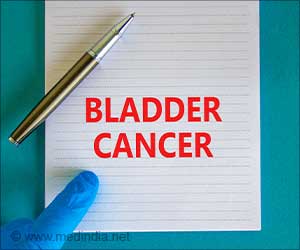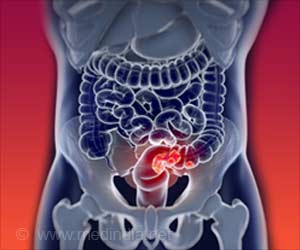Direct injection of chemotherapeutic agents into the body cavity rather than the conventional intravenous route, seems to be improve prognosis of ovarian cancer patients.
Direct injection of chemotherapeutic agents into directly into the body cavity rather than the conventional intravenous route, seems to be associated with an improved prognosis of ovarian cancer patients, according to a latest study.
Ovarian cancer is the fourth leading cause of death among American women. In line with the above finding, the US government has recommended this new form of treatment for all ovarian cancer patients.This new treatment modality can be difficult to tolerate, but promises an improved average survival rate of nearly 16 months and a 25% reduction in the associated death risk. The results of this study represent one of the largest benefits ever observed for a new therapy in gynecologic oncology, in the opinion of Stephen Cannistra, editor of the New England Journal of Medicine.
"It's very good news. A lot of larger institutions have already adopted this approach. At least for today, this is the best thing we can offer our patients ", said Deborah Armstrong, chief author of the study.
The only surgical option left for patients with advanced ovarian cancer is the removal of most of the visible tumor followed by infusion of chemotherapeutic agents. Most women who receive this form of treatment die within two to three years.
Researchers at the Johns Hopkins Kimmel Cancer Center initiated a study, in an attempt to change the condition. 415 patients with an ovarian cancer diagnosis were taken up for the study. Among the participants, 210 received standard chemotherapy with cisplatin and paclitaxel, while another 205 received the new form of treatment.
The chemotherapeutic agent was directly injected into the body cavity, along with sterile water in such a way that it flushed the entire peritoneum. This was repeated another five times, with a minimum duration of three weeks between each session. It was found that these women survived for 66 months that meant a 32% improvement in the survival rate compared to their counterparts.
Following the promising findings, it has been recommended by the National Cancer Institute to deliver chemotherapy drugs both directly into the abdomen and intravenously following surgery for ovarian cancer.
 MEDINDIA
MEDINDIA
 Email
Email










